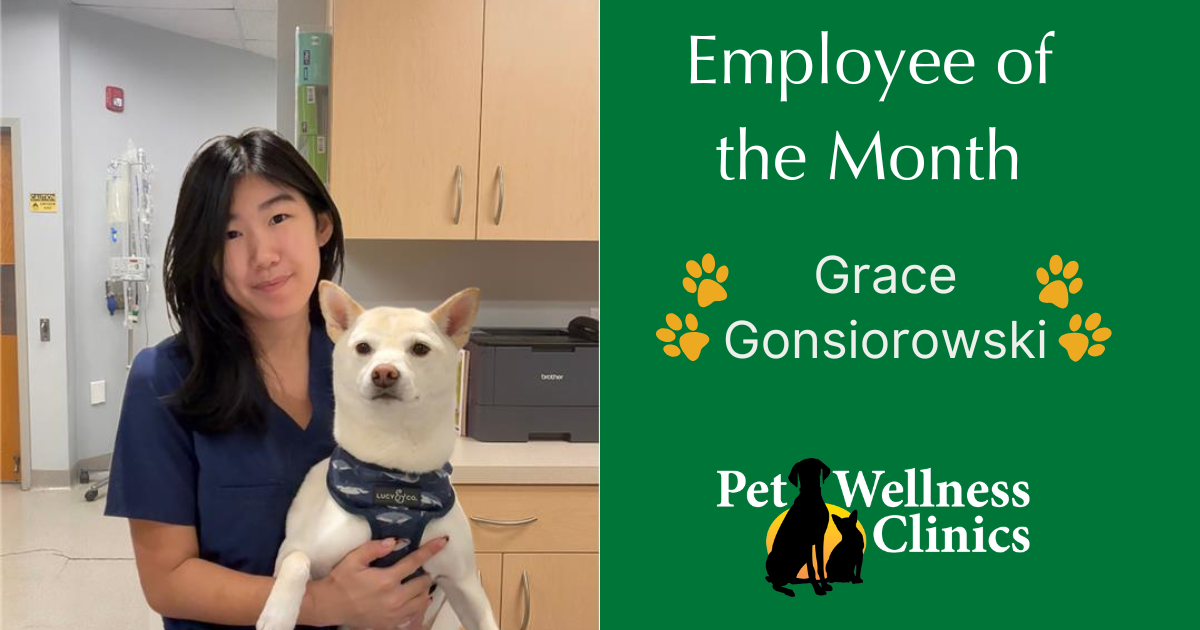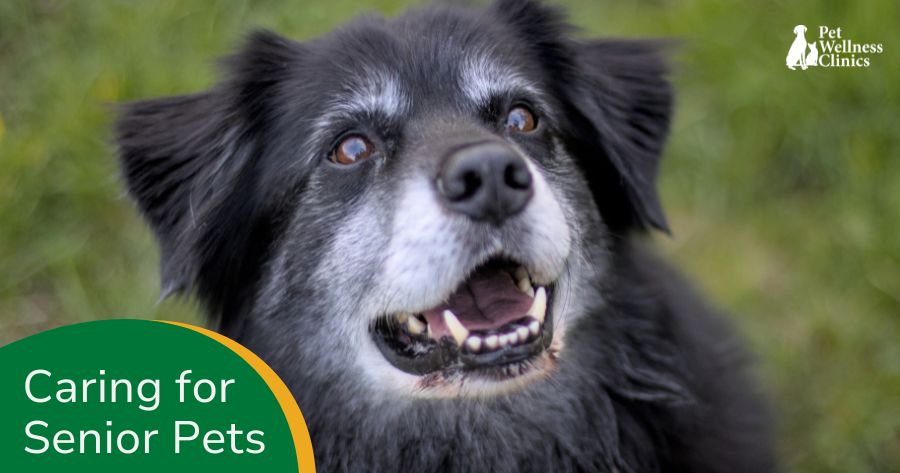Back problems are an extremely common problem in humans, but you may be surprised to learn that similar issues can also affect your canine companion.
The anatomy of your dog’s spine shares many similarities with your own. Your dog’s spine is made up of a number of small bones called vertebrae that run from the base of his skull to the end of his tail.
In between each vertebra are small, circular gel-filled cushions called intervertebral discs. The main purpose of these are to protect your pet’s spinal cord from damage, and the discs help to do this by absorbing shock and impact, as well as enabling your dog’s back, neck, and tail to bend and twist.
Common back problems in dogs
Although dogs tend to have less pressure on their spine than humans do, as they do not bend and twist quite like we do, nor do they walk upright, this does not make them immune from back problems. There are a variety of back-related issues that your furbaby may experience including:
A herniated disc
A herniated disc is the most common back problem affecting dogs. It occurs when the soft gel inside your dog’s intervertebral discs hardens and becomes less able to absorb stress and impact. When this happens, any pressure applied to the disc may cause it to rupture, and it will protrude out in the spinal canal where it will come into contact with a range of nerves. It will also put pressure on the spinal cord. Both of these events can cause your pet to experience a range of symptoms including back pain, unusual sensations such as numbness or tingling in the limbs nearest to where the herniation is and an inability to use the limb properly.
Osteoarthritis
This is a progressive condition that is caused by long-term degeneration of joint cartilage in the back.
Subluxations
Again, like in humans, subluxations refer to misalignments in your dog’s spine that can interrupt nerve function. These often occur as a result of trauma or excessive exercise.
Disorders of the meninges
The meninges are the membranes that cover the brain and spine. If these become inflamed or infected it can result in stiffness or soreness in your dog’s spine.
If your dog appears to be suffering from back pain, you should arrange an appointment with your vet to determine the cause of his discomfort.
Can canine back problems be treated?
Whether or not canine back problems can be completely cured depends on what is causing his discomfort. In the case of things like subluxations or trauma to the back, there is every chance that some chiropractic care can help reduce the level of pain experienced and restore your dog to full health. However, in more complex cases it may be necessary to explore more comprehensive treatment options, such as medication or surgery, which may be necessary to completely heal a herniated disc or to remove a tumor. In some rare cases, a cancerous tumor may be found on the vertebrae, nerve roots, or soft tissue found around the spine which puts pressure on the spinal cord.
Preventing canine back problems
While it is not possible to protect your pet from all canine back problems, there are certainly some things that you can do to lower the risk of some of them developing.
Manage his weight
One of the most important steps to take to keep your dog healthy, as well as reduce the likelihood he will develop back problems is to effectively manage his weight. Obesity is a growing problem in the United States with as many as two thirds of dogs estimated to be overweight or obese. The greater the amount of weight that your dog has to move around, the greater the pressure on his joints, back and spine. Heavier pets are more frequently diagnosed with osteoarthritis and back problems, so by controlling your pet’s weight through his nutrition and exercise levels, you can help keep him healthy and pain-free.
Ensure he gets his exercise quota
Exercise isn’t only a great way to help your pet maintain his weight, it can also help strengthen the muscles in his back so that they do a better job of supporting his spine. This then reduces pressure on this part of his body and makes him less likely to suffer from injury or back pain.
Use a harness rather than a collar
Collars are renowned for making it easy to control your dog’s neck, even when you don’t mean to. These sudden movements can cause injury to the vertebrae in your pet’s neck and upper back, and subsequent back pain and problems.
Pick him up properly
If you have a small dog, chances are you picking him up quite often. However, how you pick him up could be damaging his back if you aren’t careful. The correct way to life him is to use two hands, placing one under his ribs and the other under his back legs as this creates the greatest stability for his back.
If you have further questions about canine back pain and problems, we can help you. Don’t delay and leave your dog in pain, arrange an appointment at Pet Wellness Clinic today.


.png)